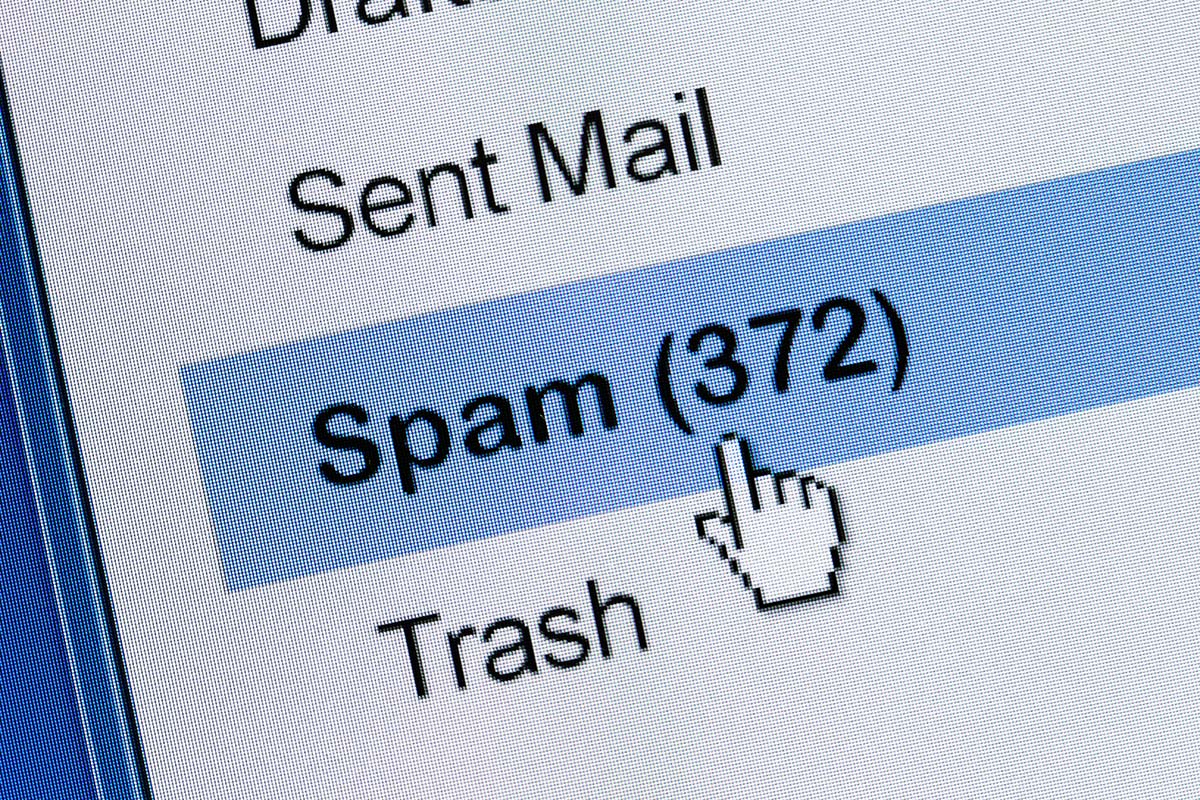Email is still one of the most powerful marketing tools and platforms for communicating with your audience and customers. With over 4 billion users, most people prefer to receive brand communications via email. However, your email marketing and communications can only work well if your email retains a healthy reputation and avoids spam complaints. Otherwise, you’ll impair your ability to communicate with your customers, market effectively, and could even suffer fines. This can all be a little complex, so to help you understand all this, we’ve created a comprehensive guide to email reputation and spam complaints.
What is Email or Sender Reputation?
Email is extremely easy to send and automate. As a result, it’s also easy for someone to send countless unsolicited emails. If there were no filtering and monitoring systems, everyone’s inbox would quickly become inundated, at least more than they already are, with emails. As a result, internet service providers (ISPs) and email service providers (ESPs), like Gmail, use reputation systems to separate legitimate emails from fake or malicious ones. They track the his reputation by the number of emails sent in a certain time, their open rates, the engagement levels, and parsing the email text for malicious or deceitful content. If too many are sent, unopened, or users report your emails as spam, your email domain’s reputation reduces. If it drops too low, your emails become undeliverable. Conversely, if emails are opened and clicked, the reputation increases and emails will reach their targeted inboxes.
Why is a Low Sender Reputation Bad?
If an email domain has a bad reputation, their emails will be filtered to the junk/spam folder or worse, never reach a mailbox. In either case, your email marketing and communications won’t reach the recipients’ main inboxes and will remain unopened. Developing a bad email reputation becomes a circular problem. As less emails reach recipients’ inboxes and reroute to spam folders, your audience opens and enages with less emails. If low enough, further negatively impacts your reputation. A bad reputation won’t affect just newsletters or other broad communications. With a low enough reputation, even purchase or order updates won’t be delivered. That’s why maintaining a healthy email reputation is vital to your business’ online operation as well as its marketing.
Developing a Healthy Email Reputation
When you start sending email communications, your email will have little to no reputation, good or bad. As a result, you will need to slowly build up and strengthen it. To do this you will need to start sending emails that are opened and clicked. Shipping and purchase confirmations will help with this. If you are sending communications to a set of subscribers, like a newsletter, you will start sending in smaller batches to avoid looking like an automated spammer. Most email services, like Klaviyo, provide this as a warming up process. You will also need to repeat the same warming process should you change your ESP.
Some other strategies to increase sender reputation are to only include links to reputable websites. Personalizing emails will increase your open rate, indirectly improving your reputation. You will also want to avoid any spam complaints, so be sure to send emails to recipients who have consented and are expecting to receive emails from your business.
Avoiding Spam Complaints
One of the main things that can harm your email sender reputation out of your direct control are spam complaints. Most ESPs allow for users to identify and report an email they’ve received as spam. When they do this, the complaint is registered to the ESP, and ISPs track this event. As a result, your reputation will quickly reduce as multiple users report your emails as spam. To avoid those, you will want to send emails that are expected and wanted by your audience. It’s also good to avoid spammy phrases, like “free”, “bargain”, “cash”, or all capitals. Users are more likely to immediately report these emails as spam, and ESPs can automatically filter these phrases to spam.
Canadian Anti-Spam Legislation
Avoiding spam complaints isn’t just a matter of interest and email efficacy. It’s also the law in Canada since 2014. Canada has anti-spam legislation (CASL) which makes it illegal to send unsolicited emails or messages to those who haven’t provided their consent. Lack of consent is a primary issue and is the cause of over half (68%) of reports made to CASL. Consent is either explicit (someone has agreed verbally or in writing to receive emails) or implicit (a previous interaction with your business allows you to send pertinent emails for a limited time.
To send newsletters or other broad marketing communications under CASL, you need explicit or implicit consent. However, implicit consent is time-limited at a maximum of 24 months, still requires thorough records proving it, and most third-party platforms have more strict terms of service that will require explicit consent regardless. That’s why it’s best practice to and we recommend you obtain explicit consent. Plus, consent must be easily revokable at any time through an unsubscribe link at the bottom of your email. Many email marketing platforms such as Klaviyo and Mailchimp will require you to have one in your email before it can be sent and will include one for you.
If you lack that consent and send emails, your business is in breach of CASL and recipients can report you to the government. Nearly 6800 reports are submitted weekly. Enough reports can lead to an investigation and possible fines. Fines begin at a few thousand dollars, but an individual can be charged per violation up to a maximum of $1 million, while a business can be required to pay up to $10 million for spamming recipients. Along with the fines, your business’ violations and penalties will be recorded on the government of Canada’s website. That will harm more than just your email’s reputation. Plus, ISPs and ESPs monitor these lists, and your business will be recorded, requiring you to rebuild your sender reputation.
The Responsibility of Email
Email is a powerful marketing and communication tool but needs to be used responsibly to maintain a healthy sender reputation. If you fail to respect spam legislation and proper communication standards, your sender reputation will drop, directly impairing your business’ ability to communicate with its customers and audience. If you want to learn more about build a healthy email reputation, have interest in the exact requirements of CASL, or want to learn how to obtain explicit consent, contact Rosewood’s marketing team who are experts on all things email.



